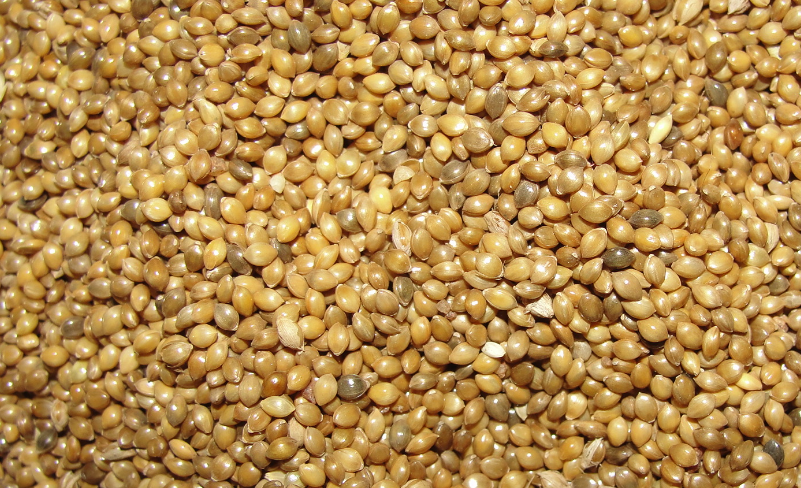Koraput: Researchers from the Central University of Odisha (CUO) have identified a number of nutrition-rich little millets (Suan) cultivated by tribals of Koraput hills in Eastern Ghats that can be used to create high-value functional foods, according to a researcher.
Led by Debabrata Panda, assistant professor in the department of biodiversity and conservation of natural resources at CUO, a group of researchers studied the nutritional profile of 14 indigenous little millet genotypes.
“They have identified three indigenous little millets – Mami, Kalia, and Bada – that have higher protein, fibre, ash, energy, flavonoid, vitamin C, antioxidants, iron, and zinc content,” the researcher added.
The findings were published in the international Springer Nature Journal ‘Planta’ January 13. The publication included contributions from students Pramila Muni and Aloukika Panda, as well as scientists from the Swaminathan Foundation, Jeypore, Kartik Lenka and Prasanta Kumar Parida.
Little millets are an important climate-resilient crop domesticated in the Eastern Ghats by many indigenous tribes. However, due to modern agricultural practices, the genetic resources of little millets are gradually being depleted, warned Panda.
He emphasised the need to conserve these nutrition-rich millets in their natural habitat and promote their commercial production to boost the local economy and reach a wider consumer market.
CUO vice-chancellor Chakradhar Tripathy and the dean of the School of Biodiversity and Conservation of Natural Resources, S K Palita, congratulated the researchers for their outstanding contribution to millet research and tribal crops.
PTI
